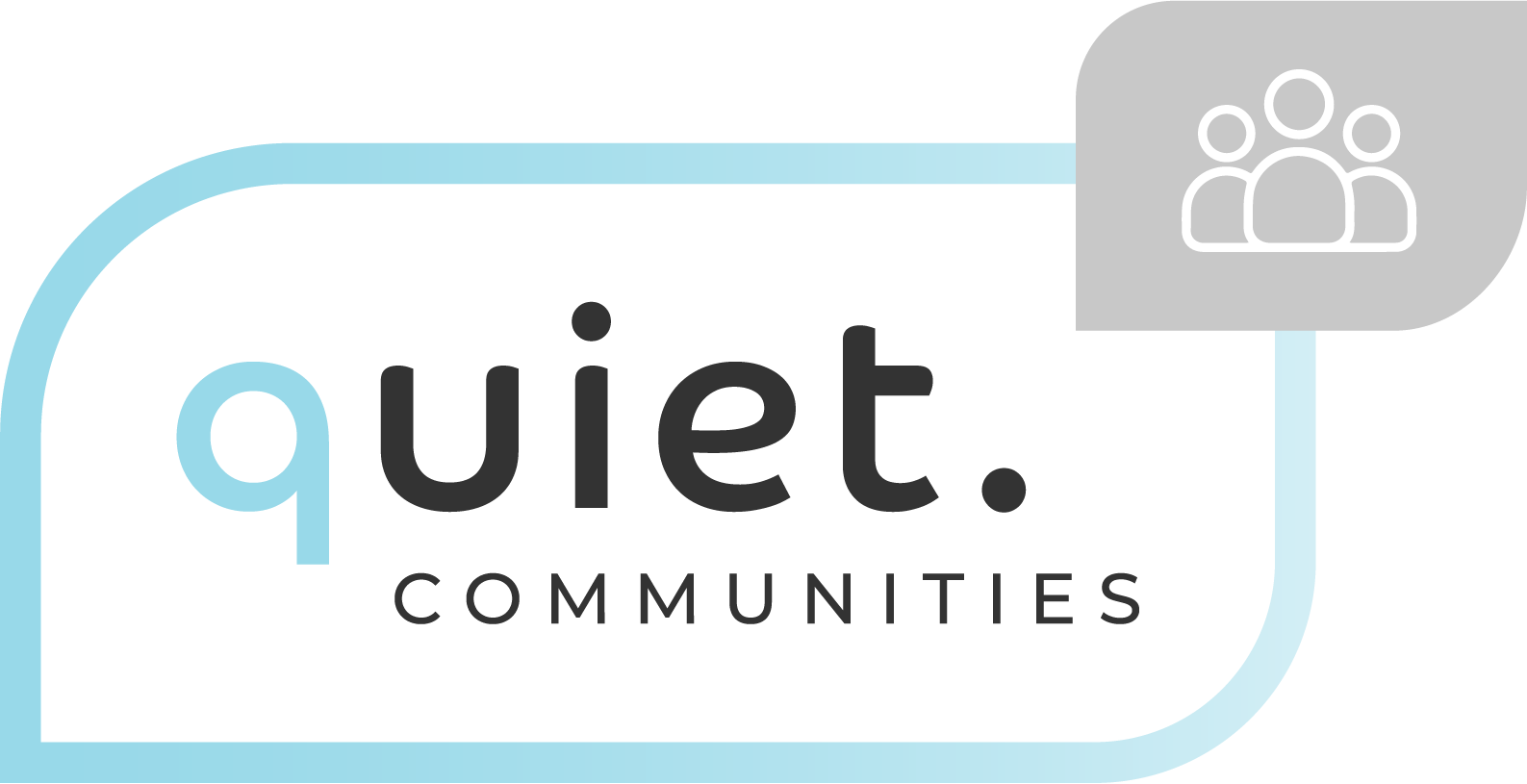Photo credit: David Bartus
by Daniel Fink, MD, Chair, The Quiet Coalition
The New York Times reported that new technology installed in Virginia State Parks helps colorblind people see fall leaf colors. The park released viewfinders built by SeeCoast Manufacturing that are fitted with special lenses from EnChroma that help those with red-green vision deficiencies experience more color. The state’s park agency put out a press release about this, and you can read more about the new technology here.
Why am I writing about color blindness in a blog devoted to noise issues? Two reasons. First, to show that technology can help people with disabilities, just as earbuds developed for personal listening devices now double as hearing aids. Second, it’s to speak again about disability rights.
According to the National Eye Institute, there are several types of color blindness, all genetic. The technical name for this condition is color vision deficiency. Color blindness is a personal issue for me, as is tinnitus and hyperacusis. A late uncle had severe red-green color blindness. During World War II, he wanted to be a fighter pilot and tried to memorize the Ishihara plates used to detect color blindness. Fortunately for him and the U.S. Navy, he failed this part of the test.
Another relative has less severe red-green color blindness. After reading the Times article, I asked him about seeing leaf colors. He said he can, but not as vividly as he imagines those without color blindness see them. I don’t have red-green color blindness, but I have trouble differentiating among dark colors — black, navy, charcoal and olive green — in low light. I only have black dress socks in my drawer after once wearing a blue sock and a black sock to an important meeting. When I was working and wore a suit every day, I sometimes had to ask my wife, “Does this tie go with this suit?”
According to the Times article, there are about 15 million colorblind people in the United States. There are approximately 50 million people in the United States with moderate to severe hearing loss, and even more with difficulty understanding speech in noisy conditions. Why is Virginia taking steps to make fall leaf colors visible, but doesn’t have standards for sound levels in restaurants and other places of public accommodation?
The Americans with Disabilities Act guarantees full and equal enjoyment of places of public accommodation to those with disabilities. I think it’s time for those of us with auditory disorders to start pushing for ADA standards to be upheld. And, modifications for those with disabilities usually help everyone. Doors that open automatically when someone approaches don’t just help people in wheelchairs. They help parents pushing a stroller, delivery workers with packages or repair technicians with wheeled equipment. That’s called universal access.
Quieter restaurants and stores won’t just help those of us with hearing loss, tinnitus or hyperacusis. They will help parents understand their children, friends talking about something they don’t want to broadcast to the world and even young people whispering sweet nothings on a first date. A quieter world would be a healthier, more enjoyable (and more romantic!) world for all.
